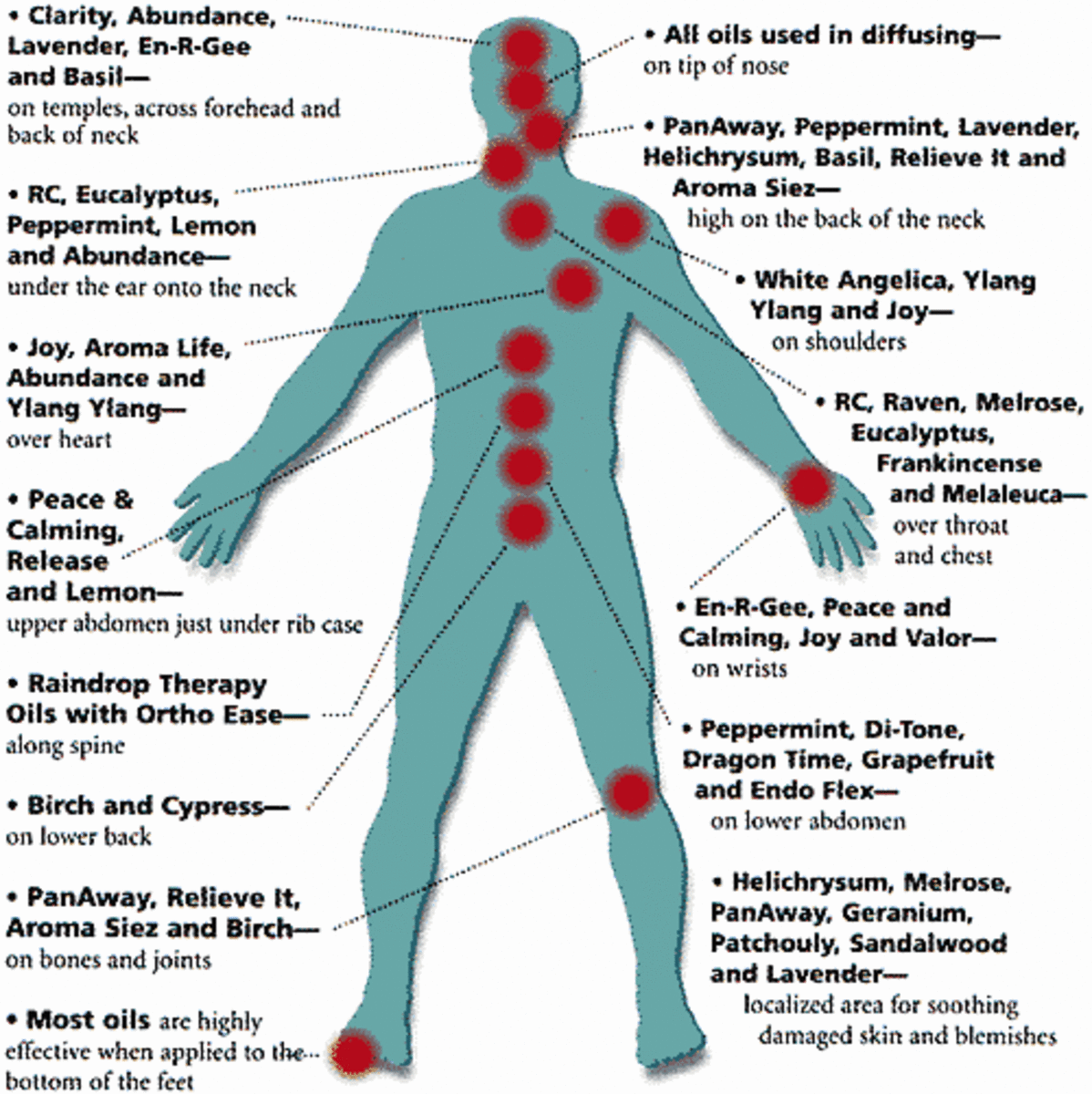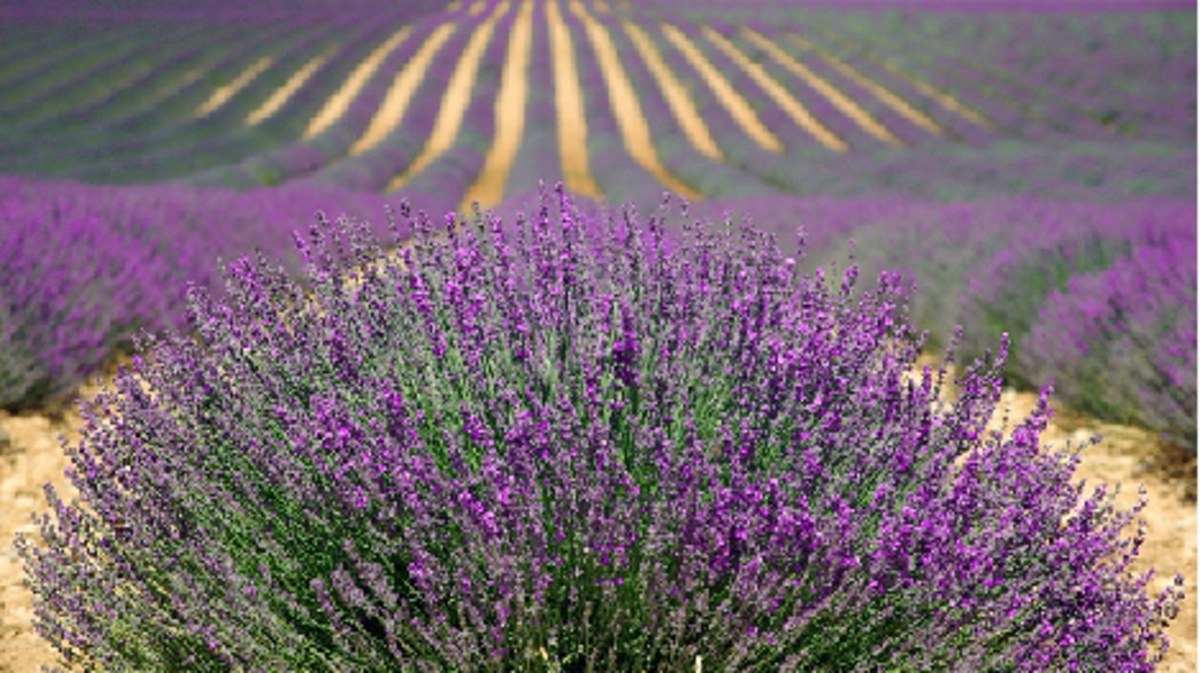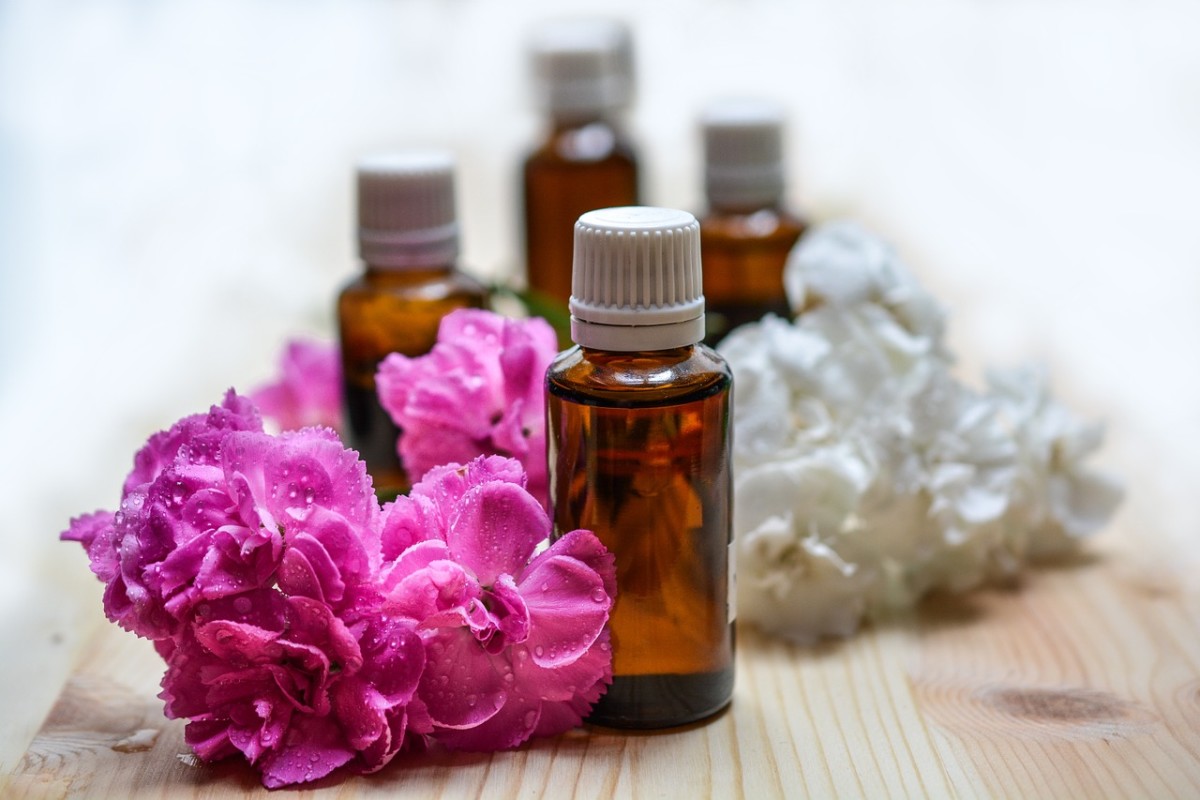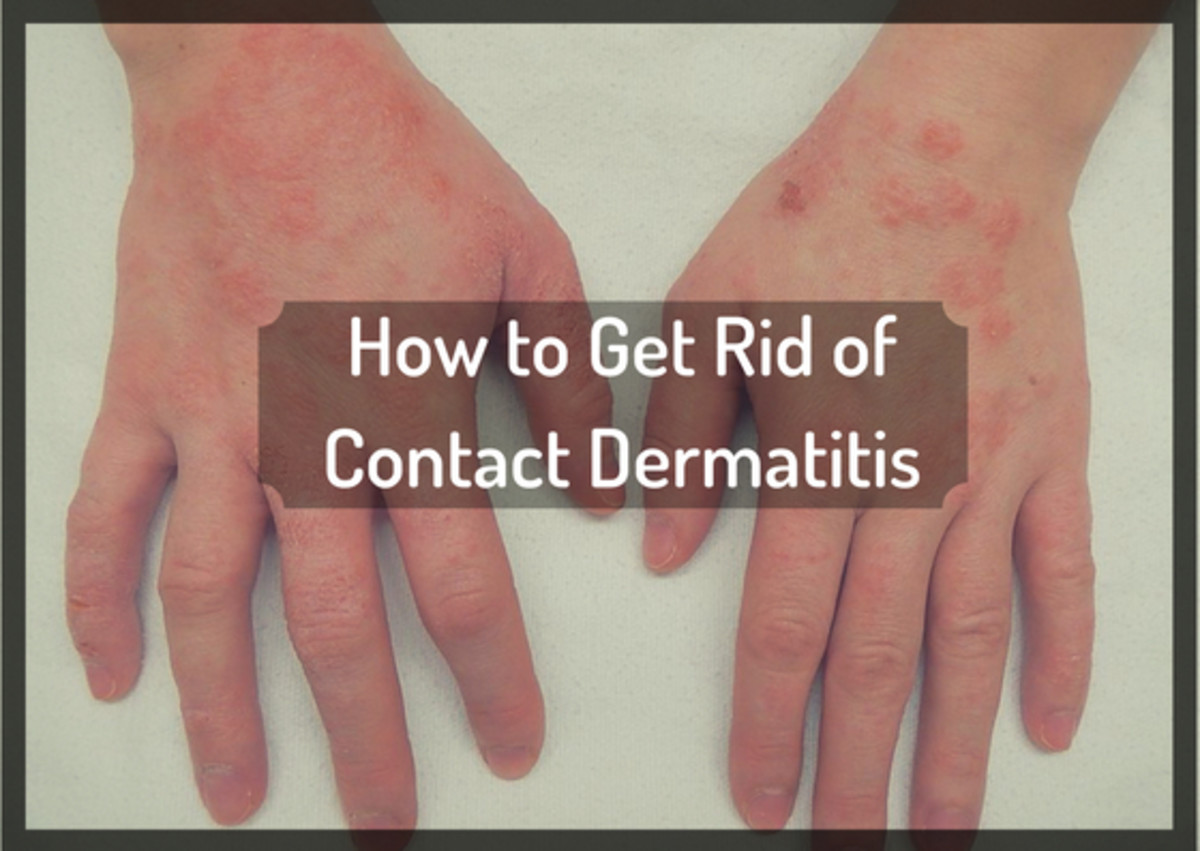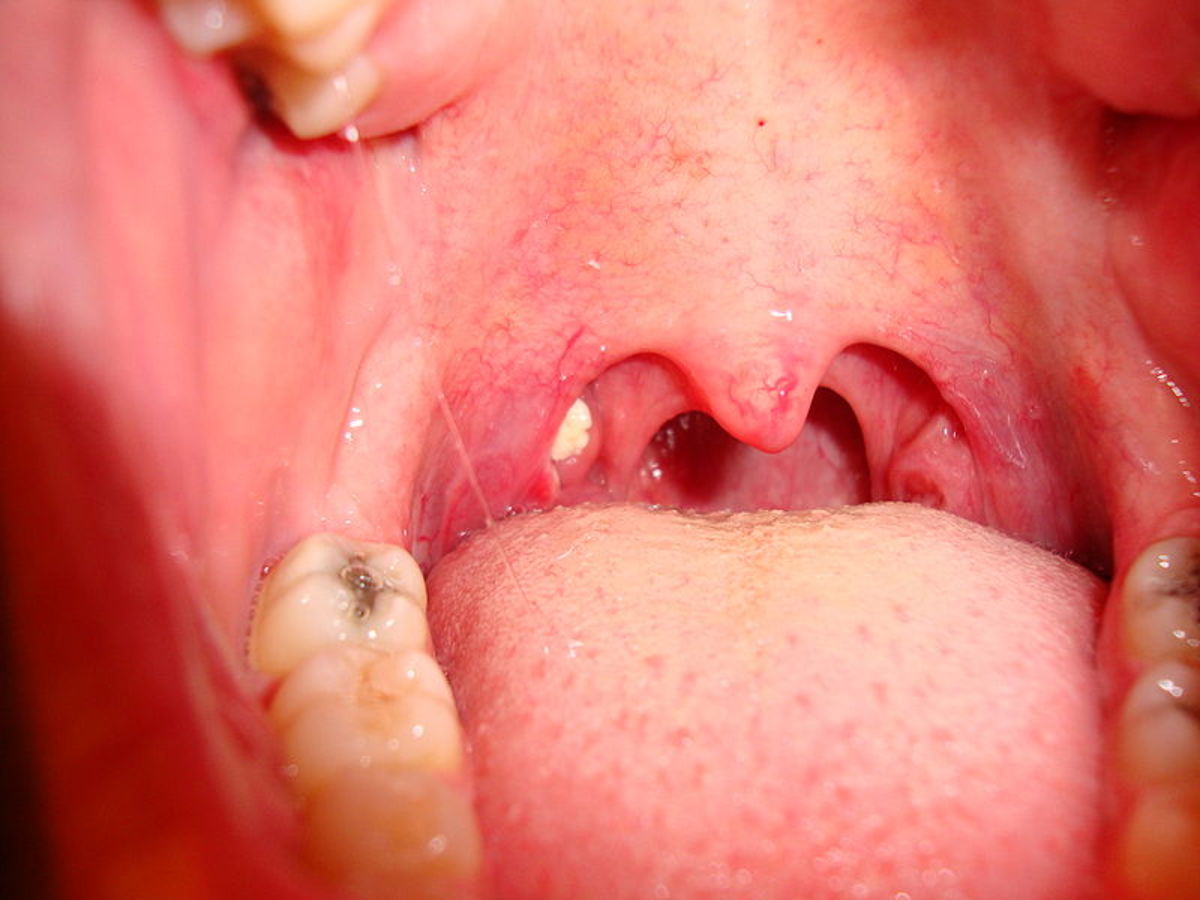How To Use Essential Oils
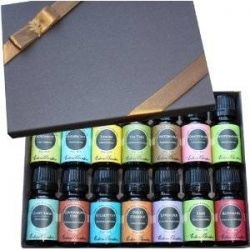
Essential Oils Uses For Health, In Perfumes And For A Fragrant Clean Home
There are many essential oils uses that people have found when mixing various fragrance oils together. In fact essential oils have been used for thousands of years until now. Over time people have discovered more and more uses for these oils, both for healing purposes as well as for enjoying the lovely scents that various essential oil mixes could create.
One of the most popular ways to use essential oils is in aromatherapy for a holistic approach to life.
Photo credits: Amazon
Below we will discuss some of the branches of aromatherapy that help in your everyday life, along with taking a peek of how to use these fragrance oils in natural perfumery and regular perfume making as well.
With the relatively low price of 100% pure essential oils on the market, there is no reason why you shouldn't use them for the many benefits they offer with their therapeutic properties along with adding natural fragrance to your daily grooming and home care.
Uses In Aromatherapy
Aromatherapy Massage
One of the most popular uses of essential oils is in massage due to three main reasons:
* As they enter the skin pores with ease, they leaving behind their therapeutic properties of each oil, which are only enhanced when several relevant oils are mixed in a powerful blend. Once they entered the skin tissue, the oils spread through the entire system.
* Added to this is the great benefit that massage offers by itself. For example faster strokes by the masseuse will invigorate, while slower movements relax the body and calm the mind.
* Yet another benefit is the inhalation of these oils, which invariably happens during the massage session.
When making your essential oil blends for massage, always mix the oils with carrier oils, since the pure oils are very potent. Never use essential oils on the skin by themselves. Personally I only use lavender oil on small places on my skin on small cuts, scratches, burns or mosquito bites.
If you are not a massage practitioner, you can still enjoy the benefits of aromatherapy massage by using the essential oils for rubbing on various place of the body. Some of the most popular areas are: face massage for anti-aging properties, head, neck and shoulder massage for stress relief, foot massage, back massage (to a partner) and hands massage to rejuvenate tired hands.
If you are looking into aromatherapy as a massage practitioner (or you're thinking of training to become one), may I recommend a great book that will help you lots: Aromatherapy for Massage Practitioners. While I am not a massage therapist myself, a good friend of mine is, and she is using this book all the time. Her copy is in fact all yellow highlighted and she swears by this book.
Making A Stress Relieving Aromatherapy Massage Oil
When Meditating
Aromatherapy meditation is a great way to relax, unwind and de-stress after a hard day at work. It is not difficult to get started, especially if you have already tried meditation.
All you need is the right atmosphere, which can be easily done with essential oils, an oil burner and a soft meditation cushion on which to sit down for your meditation session.
You can also sit on a comfortable chair, but make sure that your spine is erect, your legs are straight with the feet on the floor and you don't cross your legs. That is not only bad for circulation, but it's not helping in meditation.
To learn more about how to use essential oils during meditation check out the great book called Meditation Rituals using Aromatherapy Oils. I have it and can vouch for its greatness and usefulness.
Essential Ois In A Relaxing Bath
Recently it has become very popular for adding essential oils or blends in bath. This is easy to do and requires no professional standing as an aromatherapist. There are practically thousands of recipes online and in aromatherapy books for bath additions.
Some are stimulating and energizing, others are relaxing, and yet others are mood uplifting.
The way I use essential oils in bath is by first filling the tub wit hot (but pleasantly bearable) water. I have my oils ready and simply add a couple of drops (as given by the actual recipe) of each oil.
My very favorite essential oil bath recipe for reducing or completely eliminating stress:
* 3 drops bergamot oil
* 4 drops lavender oil
* 2 drops vetiver oil
* 3 drops geranium oil
Another way to add essential oils to the bath is by adding them to the bath foam and mixing them in the bottle. Every time you add some foam to the water, the oils get transferred as well. Just make sure you add a few drops more since they will last for several baths this way.
One of my favorite books on essential oils uses in baths is The Healing Bath by Milli D. Austin. I keep going back to it over and over again when I want to get more ideas on what oils to use for what benefits and some interesting oil mixes that make my bath much more enjoyable.
Create Aromatic Spa Bath Salt Recipe
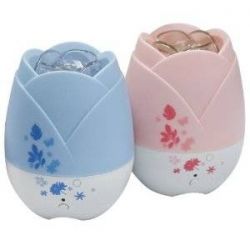
Essential Oils Make Great Additions For Inhalation
Maybe the easiest and most widespread essential oils uses are those that involve inhalation in one way or another. Very popular are the various aromatic diffusers and oil burners. Diffusers are a bit more expensive, but they last longer. I initially started with a cheap oil burner.
The way burners work is by filling the bowl on the top with water and adding to it a few drops of your favorite essential oil or blend of oils. Underneath the bowl there is a small place for adding a tea-light candle. As the candle burns, the water in the bowl gets warm, evaporates and the oil starts diffusing in the air as well.
When it comes to diffusers, there are many different types of the market, with the most popular ones being electrical diffusers.Currently my favorite one (which is quite cheap compared to some others on the market) is the Mony Aroma/Essntial Oil Diffuser (I have the pink one).
Below you will find, however, several different types of burners and diffusers and you might find more to your liking the one I use.
Overview Of Aria Ultrasonic Diffuser - An awesome diffuser!
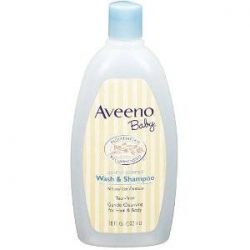
In Shampoos
One of my favorite ways to use essential oils is for hair care. It really doesn't involve any science: all you need to do is add your favorite essential oils to the shampoo you are using. You need to make sure, however, that the oils you are adding are not irritating to the skin, or you're not allergic to them since they do enter the eyes occasionally while you're washing your hair. I usually add up to 20 drops total to a bottle of shampoo.
Here are some of my favorite essential oil mixes for adding to my shampoos:
4 drops chamomile oil
4 drops lavender oil
3 drops rosemary oil
4 drops nettle oil
2 drops of clary sage oil
Note:
The recipe above is for regular hair. If you have oily or dry hair, you different oils that have the relevant beneficial properties for your hair type. For example for oily hair you should mix lavender, patchouli and lemon oils. If your hair is dry, use instead ylang ylang, rosewood, geranium and lavender.
Also make sure that the shampoo is a natural one with no additions. I use baby shampoo as shown in the image) as that is the most natural type I found as base shampoo.
Essential Oils Mixture For Natural Hair
How to Use Essential Oils in Facial Creams And Masks
For Face And Skin Care
You can also experiment with adding essential oils to various skin care products. As they easily penetrate the various layers of the skin, enhancing your cremes, lotions and toners with essential oils is a great way to double the benefits you are getting.
When I create my essential oil mixes, I usually add 10-12 drops to every ounce of liquid or cream. Again, avoid using essential oils directly on the skin by themselves!
Something I've started doing recently is creating my own creams and lotions. It is fun and it's much healthier than using the commercial creams available in the store. The book that started it for me was Making Aromatherapy Creams and Lotions by Donna Maria.
One of the recipes I use from this book when making my own creams or when adding oil blends to existing creams is below:
- 30 drops frankincense oil
- 25 drops lavender oil
- 25 drops myrrh oil
- 25 drops geranium oil
- 6 drops melissa oil
These are quite common oils that you can find anywhere, so making this oil blend is extremely easy.
Uses In Natural Perfumery
Essential Oil Blends Make Great Perfumes Devoid Of Any Chemicals
If you've never heard of essential oils uses in natural perfumery, you're in for a real treat. I've actually put together an article on How to make natural perfume with a list of ingredients, with tips and relevant resources that can help you start a new fun (and lucrative) hobby.
While the primary use of essential oils is in aromatherapy due to the healing properties of the oils, these oils have also some wonderful fragrances, which when mixed together using the right recipes can give you some awesome perfumes that in cases rival the commercial expensive perfumes.Of course, the added benefit of these perfumes is also that they have their inherent healing properties of the actual oils themselves, however in natural perfumery this aspect is not emphasized at all.
The truth is that some of the healing essential oil blends can have some horrible smells, and this is why perfume makers don't focus on aromatherapy at all. All they really care about is create heavenly smelling perfumes.
One of the best books that gives the basics of making natural perfumes with essential oils is Essence And Alchemy by Many Aftel. Trust me, once you read this book through, your life will be forever changed: you'll never look at essential oils the same way again.
Making Natural Perfumes
Uses For Home Fragrance
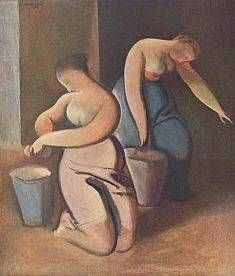
Make Your Own Home Fragrances
We are all surrounded by all sorts of smells at home every day, during cleaning, cooking, when having pets around, kids, etc.
Wouldn't it be nice to have some wonderfully scented smells for a chance, that also offer healing to the mind, body and soul? This is exactly what home fragrances are about. And best of all, they are extremely cheap to make.
Here are some ideas to enhance the home smells and get rid of those that tend to assault the nose:
- Add a few drops of your favorite essential oils to dried flowers or wreaths.
- Smear a few drops on your cold light-bulb, so when the light is turned on, the evaporating oils diffuse a wonderful smell at home.
- Add a few drops in the clothes closet. This is a great way to avoid using those horrible smelling moth balls
- Enhance the smell of your garage or laundry room by adding just a few drops of lavender oils on a wooden surface
- Tired of the usual chemical citrus smell of your floor cleaner? Make your own floor cleaner by adding a quarter cup to a bucket of water. Next add 14 drops of lemon oil, 5 drops of oregano oil and 5 drops of lavender oil. Or you can experiment with adding different oils every time you wash your floors, and then settling on the mix that is the most pleasing in the room.




